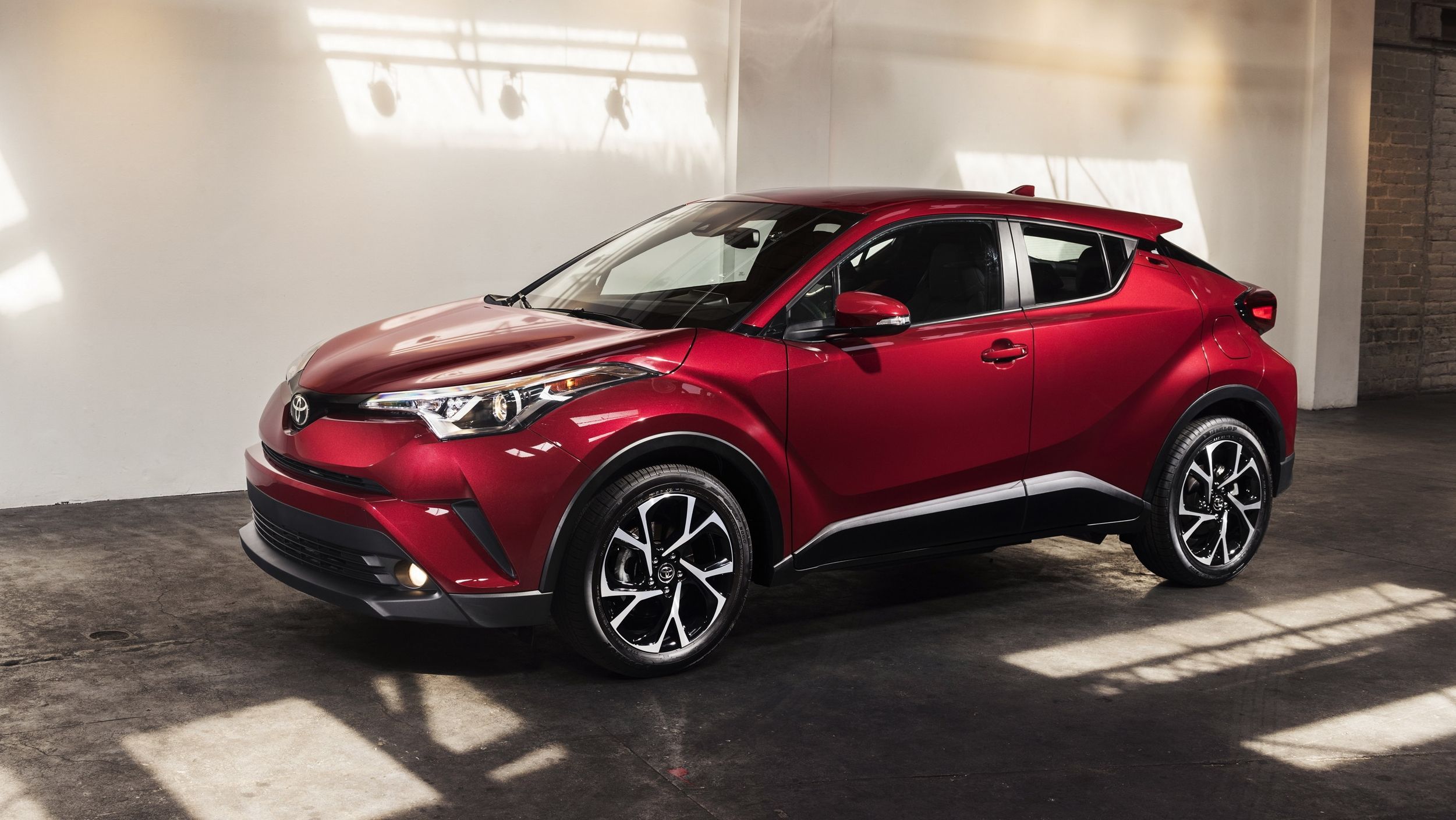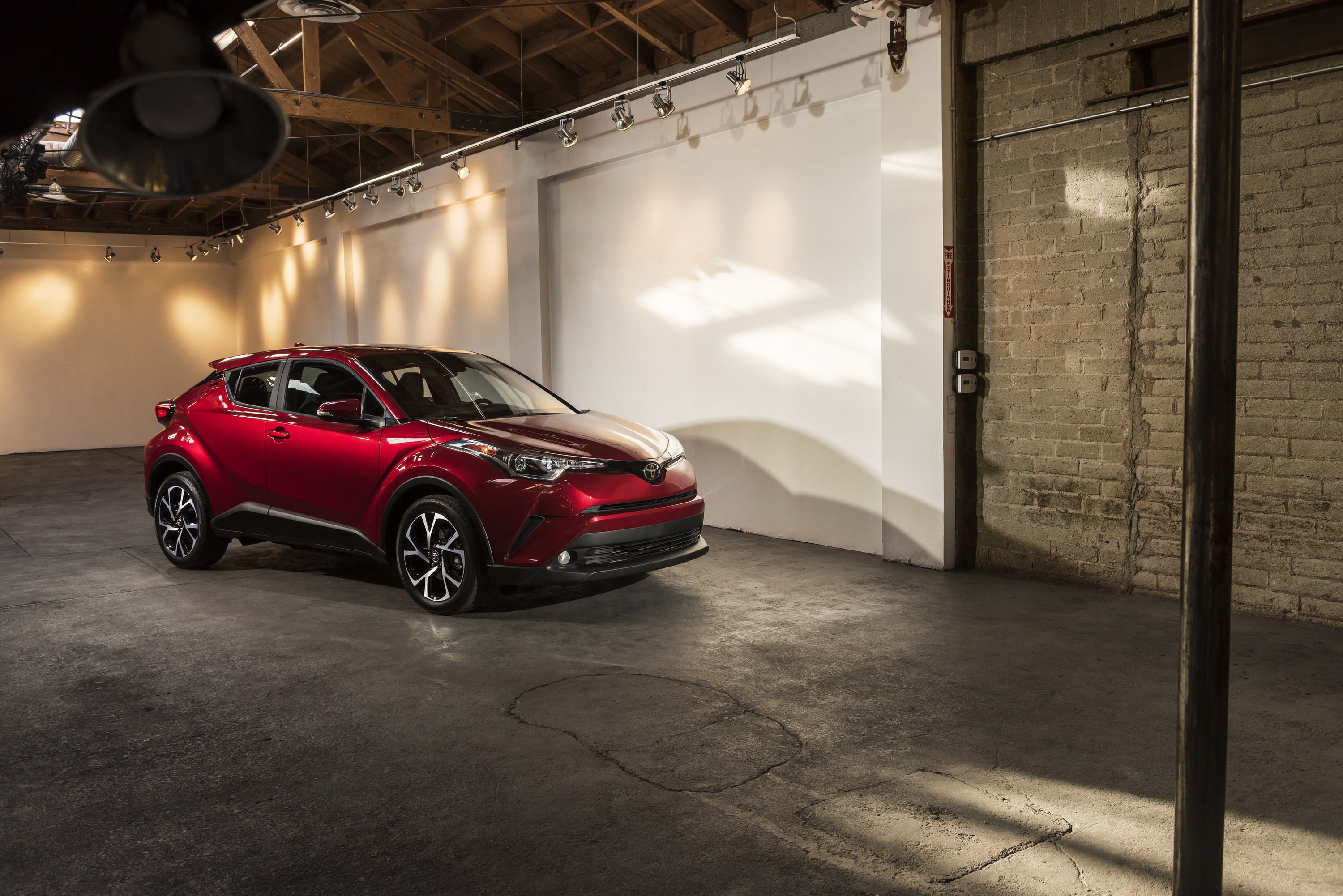After a series of concept cars, the Toyota C-HR made its official debut at the 2016 Geneva Motor Show in production-ready form, showing us that the Japanese carmaker can build a coupe-like crossover with very aggressive styling. Come November 2016 and the mini SUV made its official production debut at the Los Angeles Auto Show.
The U.S.-spec model will go on sale for the 2018 model year with the same features as in other parts of the world, but with a different drivetrain. While other markets will get to choose between a 1.2-liter turbocharged unit and a hybrid system comprising a 1.8-liter four-cylinder and an electric motor, U.S. customers will have to settle for the 2.0-liter four-cylinder gas engine, at least in the beginning. The four-banger is good for 144 horsepower and 140 pound-feet of torque and uses a brand-new CVT to spin the front wheels.
The small crossover will be launched in two trim levels, XLE and XLE Premium. Standard features on the XLE include a leather steering wheel, power folding and heated mirrors, dual-zone climate control, an auto-dimming rear-view mirror, a seven-inch display, and 4.2-inch screen in the instrument cluster. The more expensive XLE Premium adds heated front seats, blind-spot monitor and rear cross traffic alert, puddle lamps on the side mirrors that project "Toyota C-HR" onto the ground, and push-button start.
The C-HR also boasts numerous safety features, starting with 10 standard airbags, hill-start assist, and rear backup camera. There's also Toyota Safety Sense P, a multi-feature active safety bundle that includes Pre-Collision System with Pedestrian Detection function, Lane Departure Alert with Steering Assist function, Automatic High Beams, and Full-Speed Dynamic Radar Cruise Control, a first in this segment. Optionally, it can be equipped with Blind Spot Monitor with Rear Cross Traffic Alert.
No word on pricing yet, but the C-HR's sticker should match those of the Honda HR-V and Mazda CX-3, which retail from $19,365 and $19,960, respectively.
Continue reading for the full story.
Why it matters
In recent years, Toyota has received a lot of heat for building cars that appeal to drivers in their 40s and 50s, but it seems the Japanese automaker listened and introduced more youthful designs for its vehicles. The C-HR comes to confirm that Toyota wants to attract younger buyers in showrooms with sportier designs and state-of-the-art technology. Of course, it remains to be seen whether it will give the Honda HR-V and Mazda CX-3 a run for their money, but at least on paper, the C-HR not only looks better, but features more tech too.
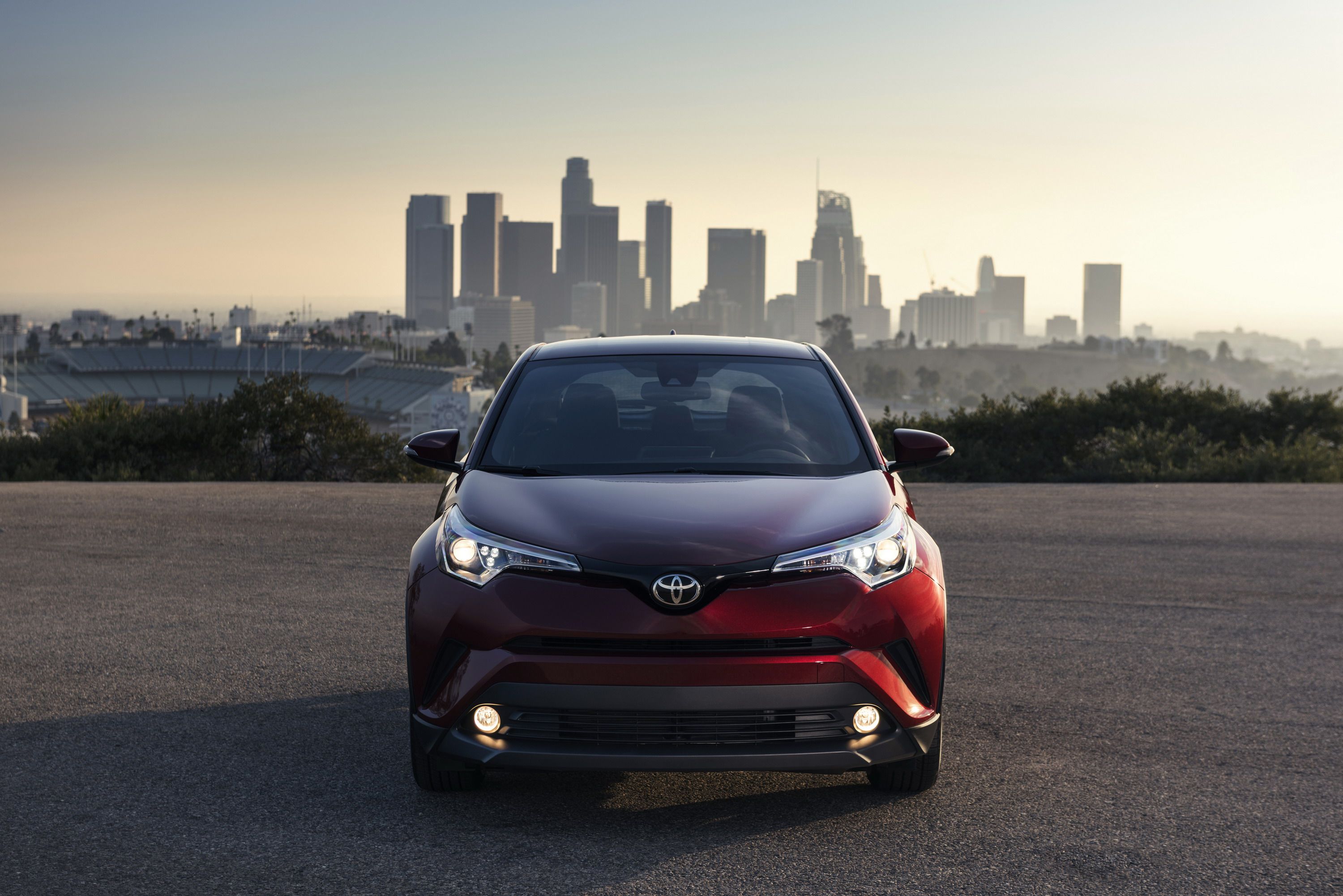
|
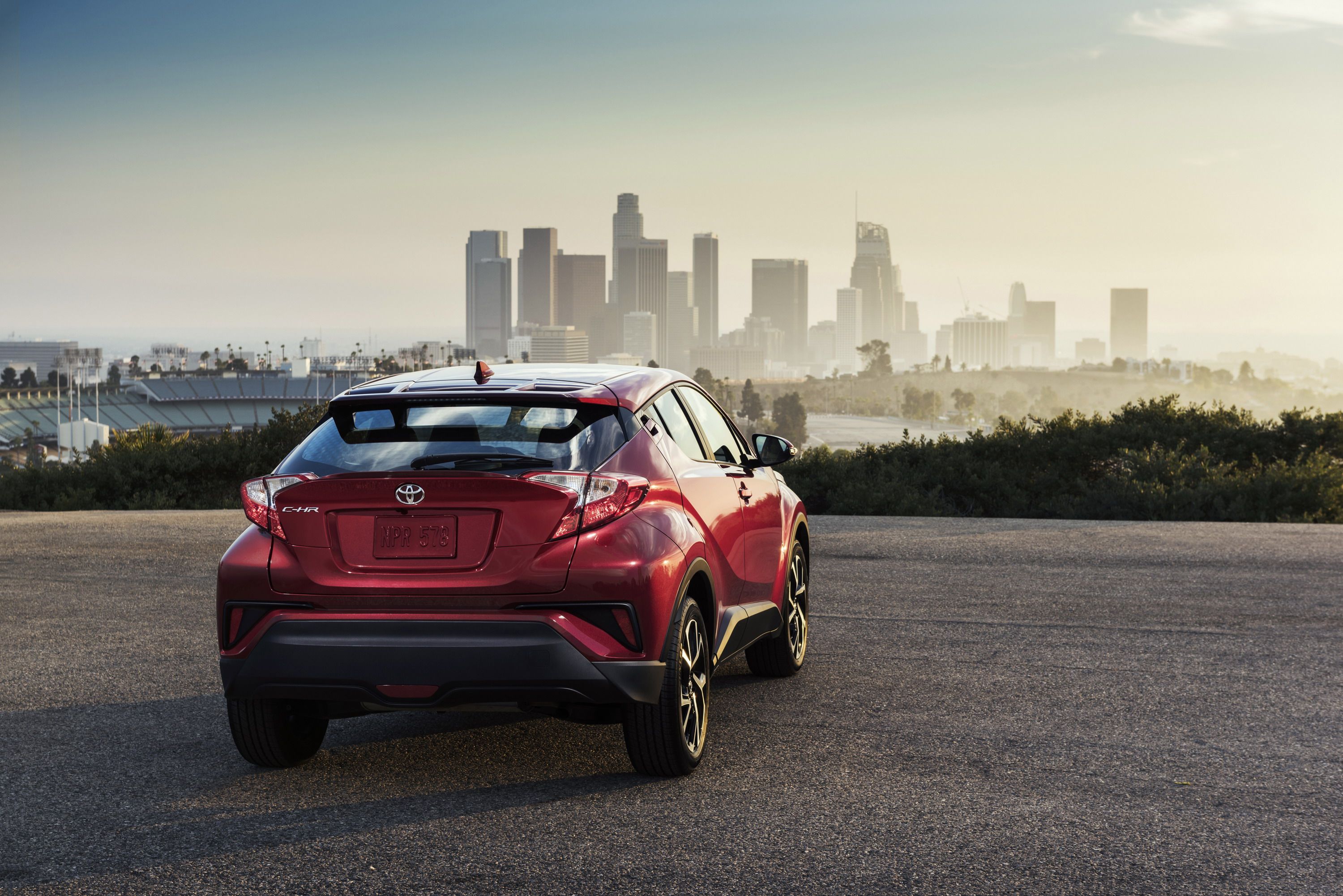
|
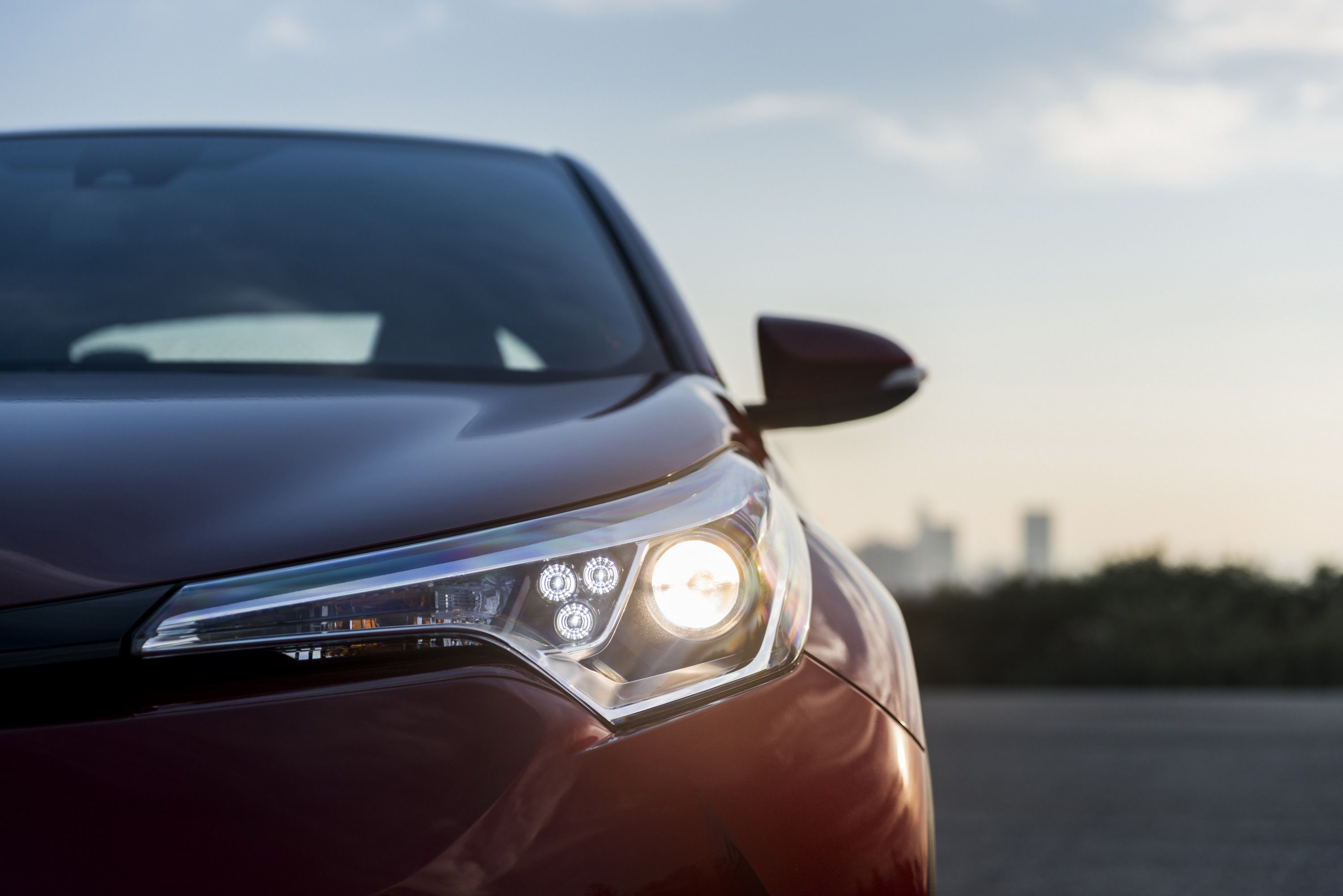
|
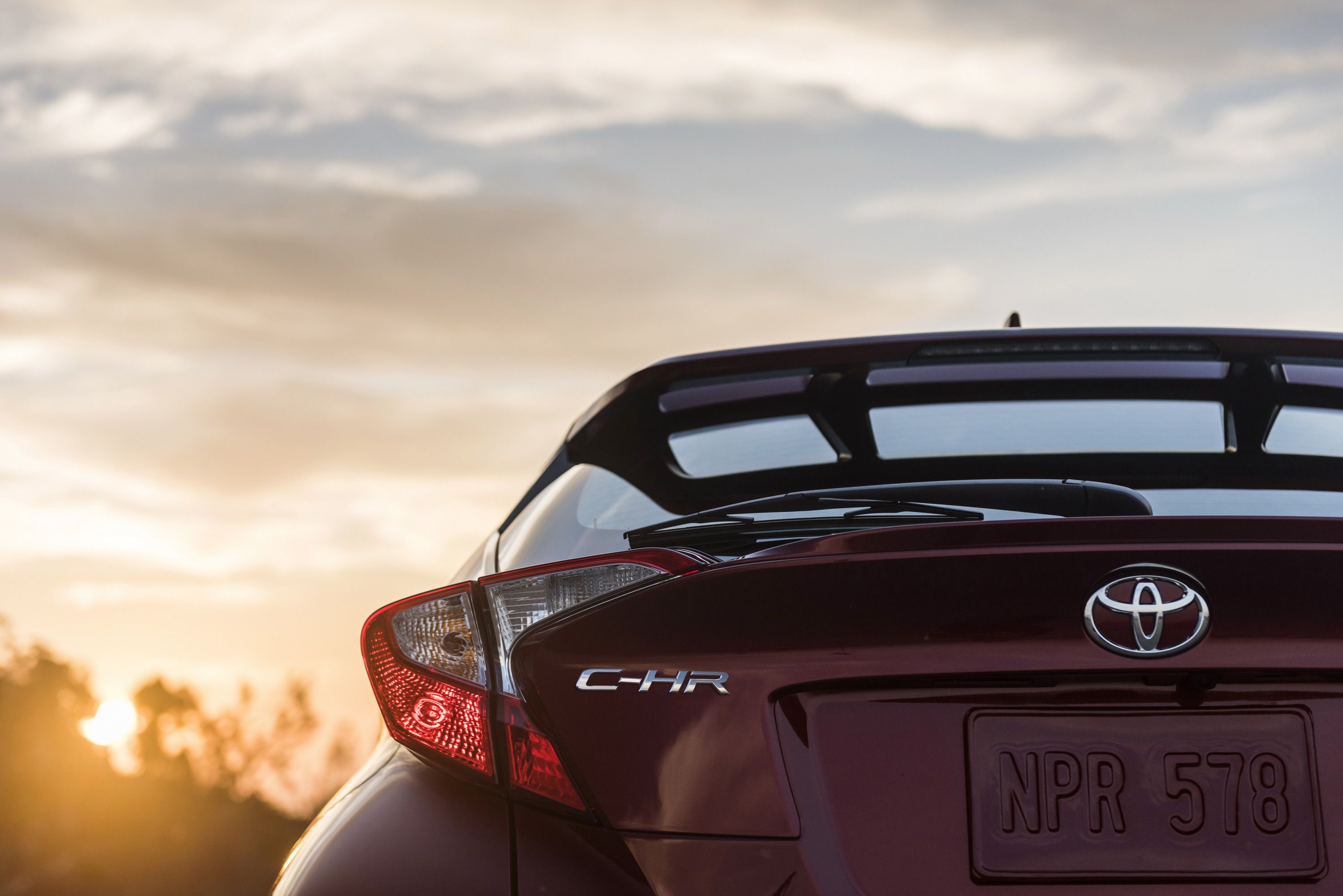
|
|

